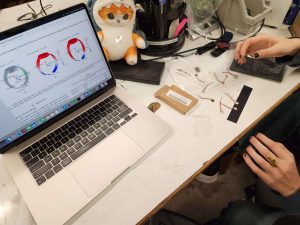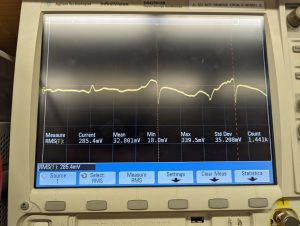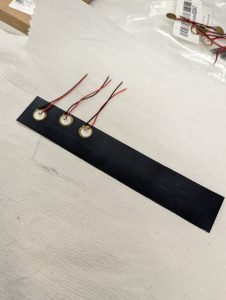The biggest risk we see right now is the timing on the shipping of necessary components. We have accounted for this as part of our general shipping time / slack in our Gantt chart, but we will mitigate similar future risks by attempting to figure out what we need earlier, and by utilizing Slack to communicate these needs earlier.
We did not make any specific changes to the existing, but we decided to make a design decision on our battery system: we will move forward with a LiPo battery. The only costs from this are in purchasing one such battery.
There have been no changes to the schedule.
For this status report, we were asked to answer additional questions. A was written by Twain, B was written by Gary, and C was written by Carson.
Part A: Our product solution addresses a critical need in the context of public health, safety, and welfare. The prolonged battery longevity ensures that individuals, especially those engaged in outdoor activities or requiring continuous location tracking, can rely on the device for an extended duration without the concern of sudden power depletion. Simultaneously, the watch’s emphasis on user privacy safeguards individuals from unauthorized access to their location data, mitigating potential risks associated with personal information exposure and contributing to the psychological well-being of the user. By prioritizing both functionality and privacy, this GPS watch contributes to the overall well-being of users, aligning with the broader goals of public health and welfare by providing a secure and dependable tool for personal tracking without compromising privacy or safety.
Part B: The most prominent existing solutions to the issue of a user wanting to keep track of their own location history involve sending the user’s location data to a companies who have stipulated in their privacy agreements that they are free to sell the data to others as they wish. To many people, this is an uncomfortable arrangement, as over time, more and more fears surrounding “big data” and data-selling arrangements like this have become prevalent. Our watch addresses this issue, as it allows the user to track their path while all of the data involved is stored on the watch itself, without ever being uploaded to the cloud.
Part C: Current watches that integrate both GPS and energy harvesting technology are very expensive (e.g. the Garmin Instinct II, which sells for ~$400). Other watches that have GPS technology (e.g. the Google Pixel Watch, at ~$200) don’t integrate energy harvesting, and thus have limited battery life as a result. Landhopper’s feature set is specifically designed to fill the niche of a wearable but long-lasting GPS, while trimming out features like Bluetooth and phone connectivity to avoid expensive transceiver modules and additional processing requirements.









